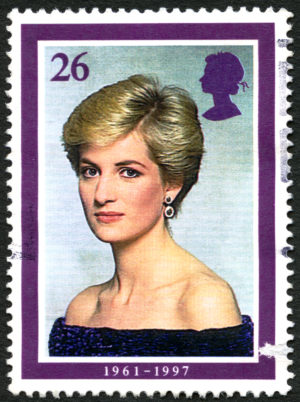The woman who loved
 Even now she careens away from us into myth and mystery. What was the pull of Diana, Princess of Wales? Why does she still exert such a hold on us?
Even now she careens away from us into myth and mystery. What was the pull of Diana, Princess of Wales? Why does she still exert such a hold on us?
Wednesday, Aug. 31, marks the 25th anniversary of her death in a car crash in a Paris tunnel at age 36. This summer has been rife with new magazines, documentaries and other tributes that include the philanthropic legacies carried on by her two sons ”“ Prince William, Duke of Cambridge and Prince Harry, Duke of Sussex ”“ and their respective wives, Catherine, Duchess of Cambridge, and Meghan, Duchess of Sussex.
But what was the essence of her worldwide appeal then, the essence of her? She was beautiful and imminently photogenic, to be sure. But so are others, even more so. On the world stage, she evolved a sense of style that spoke to every female archetype ”“ virgin, wife, mother, independent woman ”“ except one. Dead at 36, Diana never lived to become the wise old “crone,” a word that has been reclaimed from the women”™s movement.
But lots of people go through transformations, often public ones, if they live long enough. Why Diana and not them?
“I”™m not a political figure,” she once said. “I am a humanitarian figure and always have been and always will be.”
And the was the crux of her: In a world that longs for kindness and compassion ”“ and finds it wanting then and now ”“ Diana showed that, she gave that. Was she perfect? Far from it. But when she held the hand of an AIDS patient or touched the amputated limb of a land-mine victim, you understood that she had located their pain in her own until that moment when she could finally find her pain in theirs.
As one of the commentators in “In Their Own Words: Princess Diana” notes: “Diana had an unconditional love that is extraordinarily rare in the world, not love for personal gain, love purely for the sake of love. That was Diana.”